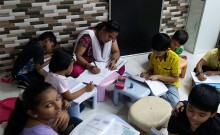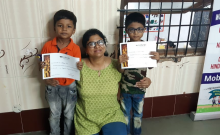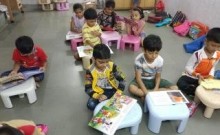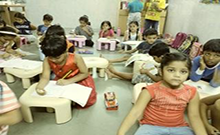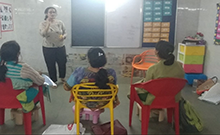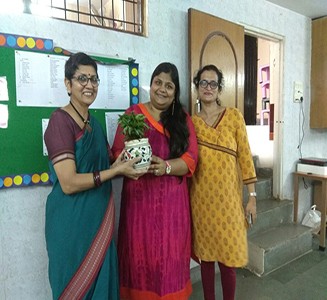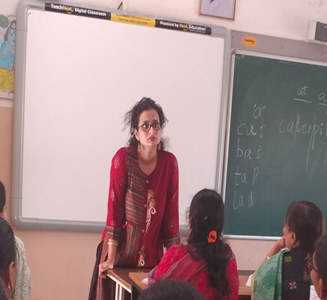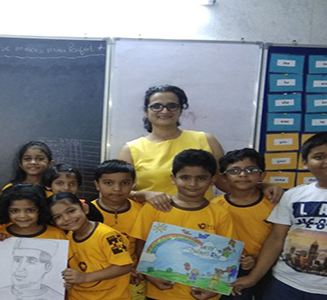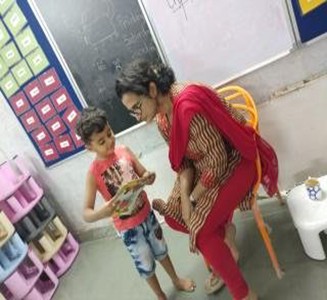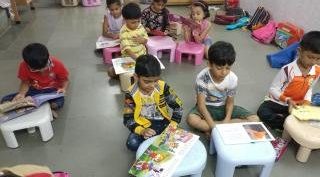
PHONICS FOR KIDS
Synthetic Phonics develops phonemic awareness along with corresponding letter shapes. Dictation is a frequent teaching technique from letter level to words spellings and eventually extending to text level. It introduces irregular words or more tricky words slowly and systematically learning 44 letters sound to automaticity and how to blend for reading and segment for spelling.
Learning the Letter Sounds
The 42 main sounds of English are introduced first. Children learn each letter by its sound, not its name (for instance ‘a’ is learnt as it is heard in ‘ant’, not ‘ai’ as in ‘aim’). The sounds are not introduced alphabetically, but are in seven carefully-selected groups. The first group (s, a, t, i, p, n) can be combined to create the largest number of simple three-letter words. Letters that are easily confused, like “b” and “d”, are presented in separate groups.
The seven groups of letter sounds are:
s, a, t, i, p, n
c/k, e, h, r, m, d
g, o, u, l, f, b
ai, j, oa, ie, ee, or
z, w, ng, v, oo, oo
y, x, ch, sh, th, th
qu, ou, oi, ue, er, ar
Some sounds are written with two letters such as ‘ee’, and ‘or’ – these are known as digraphs. In the case of ‘oo’ and ‘th’, these can make two different sounds, for example, ‘book’ vs. ‘moon’ or ‘that’ vs. ‘thin’. In Jolly Phonics these digraphs are represented in two forms to distinguish between the two sounds.
Each letter sound has a corresponding action. By performing an action for each sound, students are using kinesthetic, auditory, visual and speech methods to help them remember the letter(s) representing each sound. It is suggested that one group of seven letter sounds is introduced a week.
Learning Letter Formation
Children are taught how to form each letter in the correct way. They first use their finger to imitate how the teacher forms the letter in the air or on the board. They then move on to form letters using a pencil, held in the Jolly Phonics “froggy legs” grip between thumb and first finger.
The letter ‘c’ is introduced early on, as it forms the basic shape of other letters such as ‘g’ and ‘d’. Lower-case formation is concentrated on initially, then the formation of capital letters is taught.

